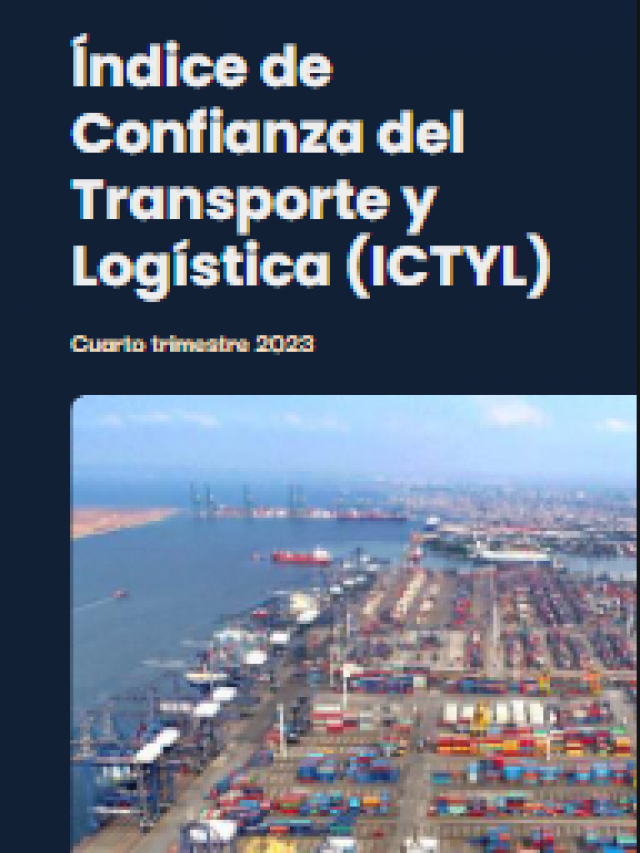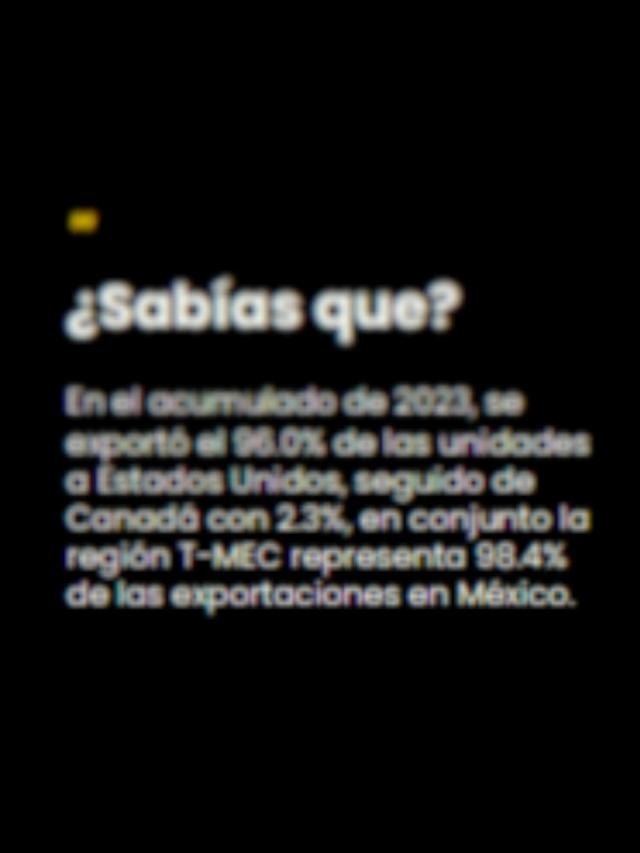
40 or 20 feet. It doesn’t matter. The big question currently being asked by the intermodal transport sector in Mexico is whether each of the containers entering and circulating through the country will have to comply with the warning of the auto transport beacon , a measure recently introduced in the country by the federal authority with which it is intended to combat insecurity on the roads.
If this scenario is dimensioned, the proportions of its application are immense .
“I cannot imagine the thousands of containers that enter through [the ports of] Manzanillo and Lázaro Cárdenas having to have a special number just for entering Mexico. Our position is never one of opposition, but of collaboration. We want to find joint solutions with the government so that these regulations are viable without affecting intermodal operations,” said Diego Anchustegui, president of the Mexican Association of Intermodal Transport (AMTI) , during the monthly meeting with its members.
On February 7, the General Directorate of Federal Auto Transport (DGAF) , belonging to the Secretariat of Infrastructure, Communications and Transport (SICT) , published a “ Notice ” in the Official Gazette of the Federation (DOF) where it announced the new government provision in which the owners of federal auto transport fleets are requested to identify the units -with the alphanumeric data corresponding to their license plate-, by means of decals, paint or tarps, depending on the configuration of the vehicle.
The authority itself defined in a technical annex that “vehicle configurations that, due to the characteristics of their body or modality, do not have a tarp on the container or trailer, must be covered with a tarp with the identification number (hoppers, pipes, platforms without load, vehicles without wheels, cages, containers, vehicles under a leasing scheme and/or vehicles for temporary internment from the USA to Mexico) .”
So far, the authority has not defined that marking of vehicles is mandatory or the sanctions for those who do not do so ; but it has specified that the “Notice” came into effect the day after its publication in the DOF and the owners of the fleets will have 90 calendar days to do so.
“The concern we should have is that this could eventually become a law with penalties,” said Humberto Vargas, vice president in Mexico for Union Pacific (UP) , who attended the monthly AMTI meeting.
Faced with this great challenge, AMTI has requested a meeting with the Legal Department of SICT “to explain the particularities of intermodal transport, especially the difficulties that this would bring for maritime and cross-border intermodal transport. Implementing this measure on thousands of containers that enter the country through ports or borders would be impossible,” according to Anchustegui.
In the maritime sector alone, the country’s ports received just over 3.8 million 20-foot containers (TEU) in import services in 2024 , according to official data.
Some of these containers will be loaded onto the train to be transported to an intermodal terminal close to the consumption or production centres. The last mile of their journey will be made by tractor-trailer. Or from the port they will be transported by tractor-trailer to their final destination. In logistics jargon, the use of both modes of transport is known as intermodality.
Marking the vehicles is part of the strategy that the federal government is seeking to implement to reduce robberies of goods in transit. The idea of having greater visibility of the identification of transport units would be an advantage with the use of drones at the time of a criminal incident.
Comment and follow us on X: @EnriqueDuRio / @GrupoT21














